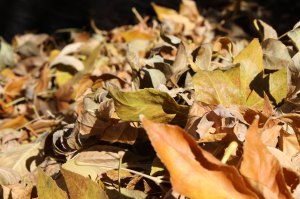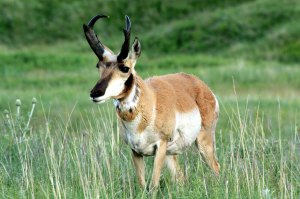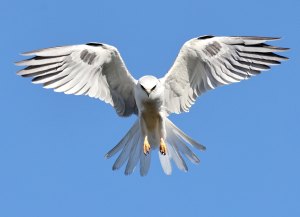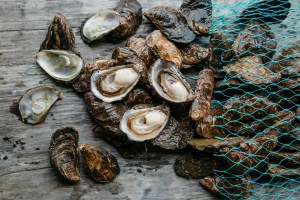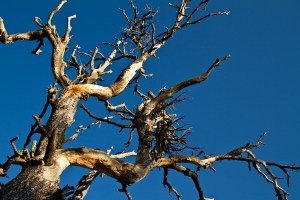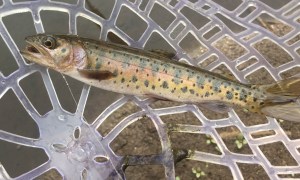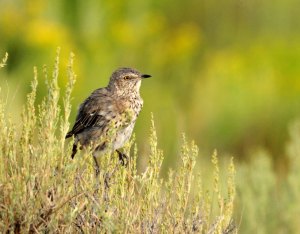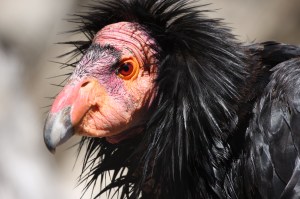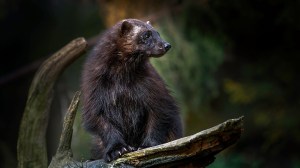Discover stories in North America
A Simple Thing You Can Do to Benefit Backyard Birds and Bees
It’s time to ease up on the spring clean-up to help pollinators and other local wildlife.
Did You Know Pronghorns Shed Their Horns?
Let’s take a look at the extraordinary life of pronghorns, the only animal that sheds its horns.
A Field Guide to Unusual Raptors of the Southern US
These nine unusual raptors are found only in the south and southwestern US, from Arizona to Florida.
Can We Save the Olympia Oyster by Eating It?
Conservation aquaculture offers hope for oyster populations.
Witches’ Broom and the Conservation of “Ugly”
Should we kill trees because they’re ugly? At one point, conservationists did.
Edge of Field Practices Enhance Benefits to Farmers and Nature
Ohio farmer takes a whole-farm approach to conservation During heavy spring rains, Allen Dean watched a 60-foot tree float down […]
For the Love of Cutthroat Trout
Why go to the trouble to catch 8-inch trout in remote streams?
Cool and Overlooked Critters of the Sagebrush Sea
Move over sage grouse: here are 9 other cool critters of the sagebrush-steppe.
Make Lithium Extraction in the U.S. “Smart from the Start”
While the U.S. has potential to be a global lithium producer, careful planning will be required to avoid and limit damage near potential extraction sites.
Condor Spotting: Wildlife Watching and Optimism
Searching for California condors is a lesson in hope.
Meet the Bat Falcon, the ABA Area’s Newest Bird
Meet the bat falcon, one of 5 new species added to the American Birding Association's checklist.
In the Field with Wolverines
A biologist’s memorable experiences tracking wolverines in central Idaho.
